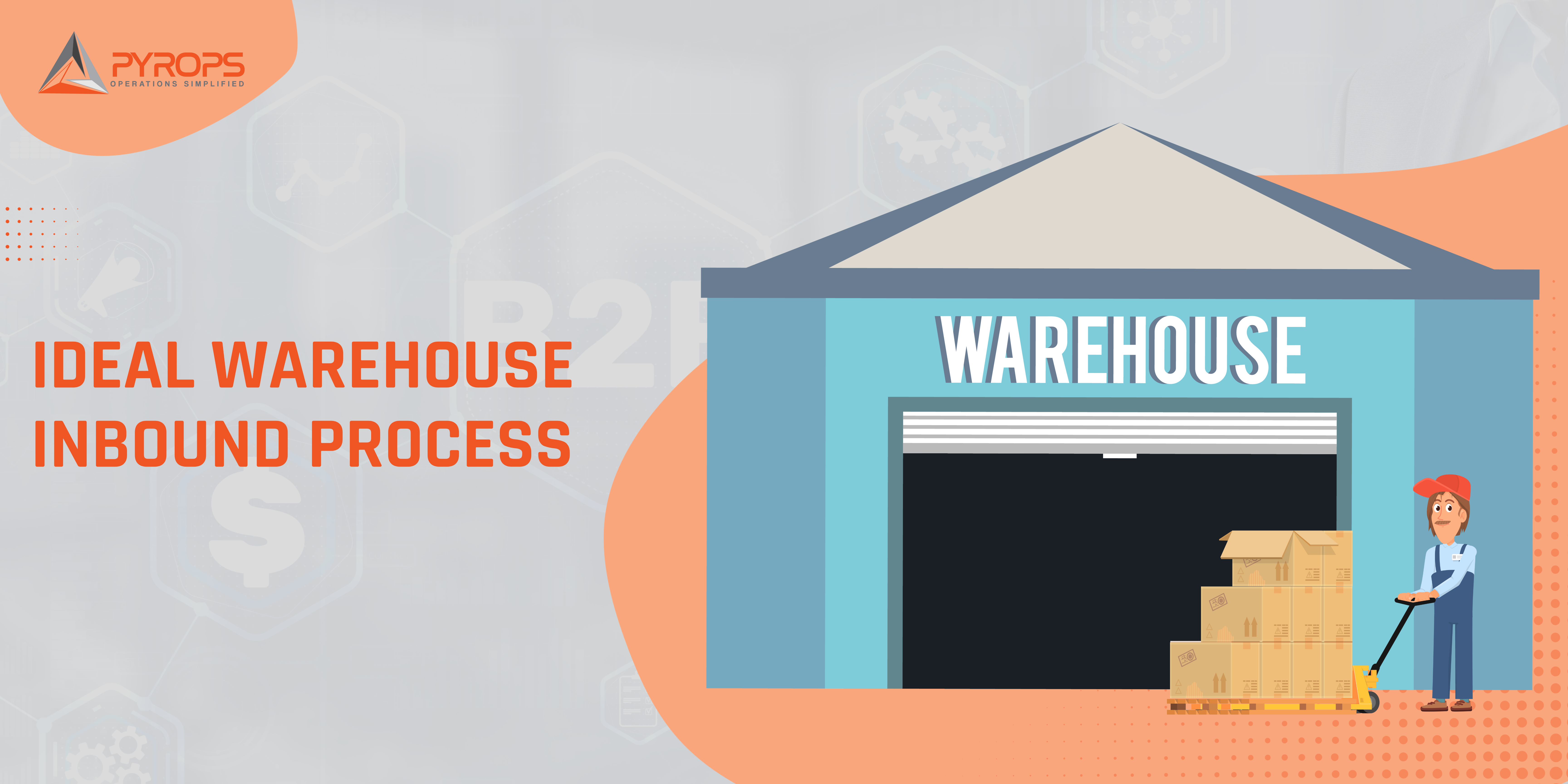1. Pre-Arrival Preparation
Documentation Check: Ensure that all necessary shipping and customs documents are prepared and verified.
Communication: Communicate with suppliers to confirm shipment details, delivery schedules, and any special instructions.
2. Goods Receipt
Quality Check: Verify the quality of products against predefined standards.
Labeling and Tagging: Ensure proper labeling and tagging of received items for easy identification.
3. Documentation and Data Entry
Data Accuracy: Enter shipment data into the Warehouse Management System (WMS) accurately, including item details, quantities, and storage locations.
Document Archiving: Safely store all shipping and receiving documents for future reference or auditing purposes.
4. Quality Control (if applicable)
Sampling: Perform random sampling of goods to ensure compliance with quality standards.
QC Checks: Conduct quality control checks for items with specific quality requirements.
5. Storage Allocation:
Storage Planning: Determine the optimal storage location based on factors like item characteristics, demand patterns, and storage capacity.
Temperature and Environment Considerations: Consider special storage requirements for items sensitive to temperature, humidity, or other environmental factors.
6. Inventory Updating
Real-time Inventory Update: Update the WMS in real-time to reflect accurate inventory levels.
Stock Location Labeling: Ensure that physical locations in the warehouse are labeled and accurately reflected in the system.
7. Cross-Docking (If Applicable)
Efficient Transfer: Facilitate the direct transfer of goods from inbound to outbound without storage.
Real-Time Visibility: Maintain real-time visibility to optimize cross-docking operations.
8. Error Identification and Rectification
Regular Audits: Conduct regular audits to identify discrepancies between physical inventory and system records.
Error Resolution: Quickly rectify any errors or discrepancies to prevent downstream issues in the supply chain.
9. Vendor Communication
Feedback: Provide feedback to vendors regarding any issues or discrepancies discovered during the inbound process.
Continuous Improvement: Collaborate with vendors to implement improvements and prevent recurring errors.
10. Compliance Checks (if applicable)
Customs Compliance: Ensure compliance with customs regulations, tariff classifications, and other import/export requirements.
Legal Compliance: Verify adherence to all local and national regulatory requirements.
11. Inbound Performance Metrics
Key Performance Indicators (KPIs): Regularly monitor and analyze KPIs such as receiving accuracy, quality cycle times, and order completeness to identify areas for improvement.
Summary
Implementing and continually refining this comprehensive inbound process for warehouse operations ensures the smooth flow of goods, minimizes errors, and enhances overall operational efficiency. Regular training, technology integration, and collaboration with supply chain partners are essential components for success in this dynamic environment.

